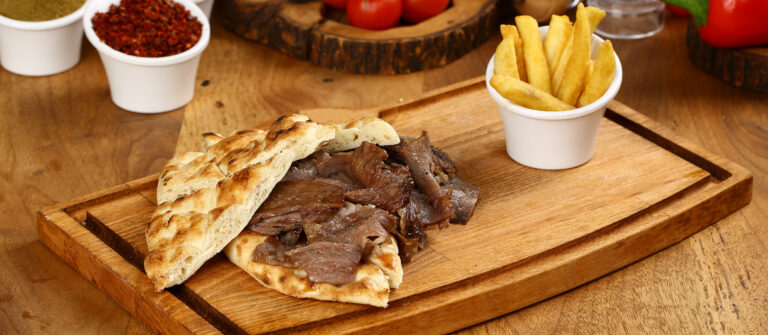Introduction: The beverage culture in Saudi Arabia
In Saudi Arabia, beverages play an important role in daily life and social gatherings. Due to the country’s Islamic beliefs, alcohol is prohibited, making non-alcoholic drinks the popular choice. Traditional drinks, such as qahwa and laban, hold cultural significance and are often served to guests as a sign of hospitality. In recent years, western influence has introduced international coffee chains like Starbucks, but traditional drinks remain an integral part of Saudi Arabia’s beverage culture.
Traditional drinks: Qahwa, Laban and Za’atar
Qahwa is a traditional Saudi Arabic coffee made from roasted coffee beans, cardamom, and saffron. It is known for its strong flavor and is typically served in small cups accompanied by dates. Laban, a popular drink made from fermented milk, is often served as a refreshing beverage to combat the hot climate. Za’atar, a herbal tea made from thyme, is also a common drink served with meals or as a digestive after a heavy meal.
Non-alcoholic drinks: Mango juice, Vimto and Pepsi
Mango juice is a popular non-alcoholic drink made from fresh mangoes and is commonly found in restaurants and cafes throughout the country. Vimto, a sweet and fruity carbonated drink, is also a favorite among Saudis, especially during the holy month of Ramadan. Pepsi and other soft drinks are also widely consumed in Saudi Arabia with a preference for lighter and fruitier flavors.
Arabic coffee: From seed to cup
Arabic coffee, or qahwa, is a significant part of Saudi culture and hospitality. The coffee beans used in qahwa are typically roasted over an open fire, ground to a fine powder, and brewed in a traditional dallah. The drink is served in small cups, often accompanied by dates, and is a sign of respect and friendship. Arabic coffee ceremonies are a common practice during social gatherings, and the act of pouring coffee for guests is considered an honor.
Tea in Saudi Arabia: Chai Karak and other popular blends
Chai Karak, a type of spiced tea with milk, is a popular beverage in Saudi Arabia, especially among expats. This tea is often sweetened with condensed milk and infused with cardamom, making it a flavorful and aromatic drink. Other popular blends include mint tea, hibiscus tea, and ginger tea, and are often served in local cafes and restaurants.
Western influence: Starbucks and other international chains
In recent years, Saudi Arabia has seen a rise in international coffee chains like Starbucks, Costa Coffee, and Dunkin’ Donuts. These chains offer a variety of coffee and tea options, often with a western twist, and are becoming increasingly popular among younger generations. However, traditional drinks like qahwa and chai karak remain a significant part of Saudi Arabia’s beverage culture, showcasing the country’s rich heritage and hospitality.





